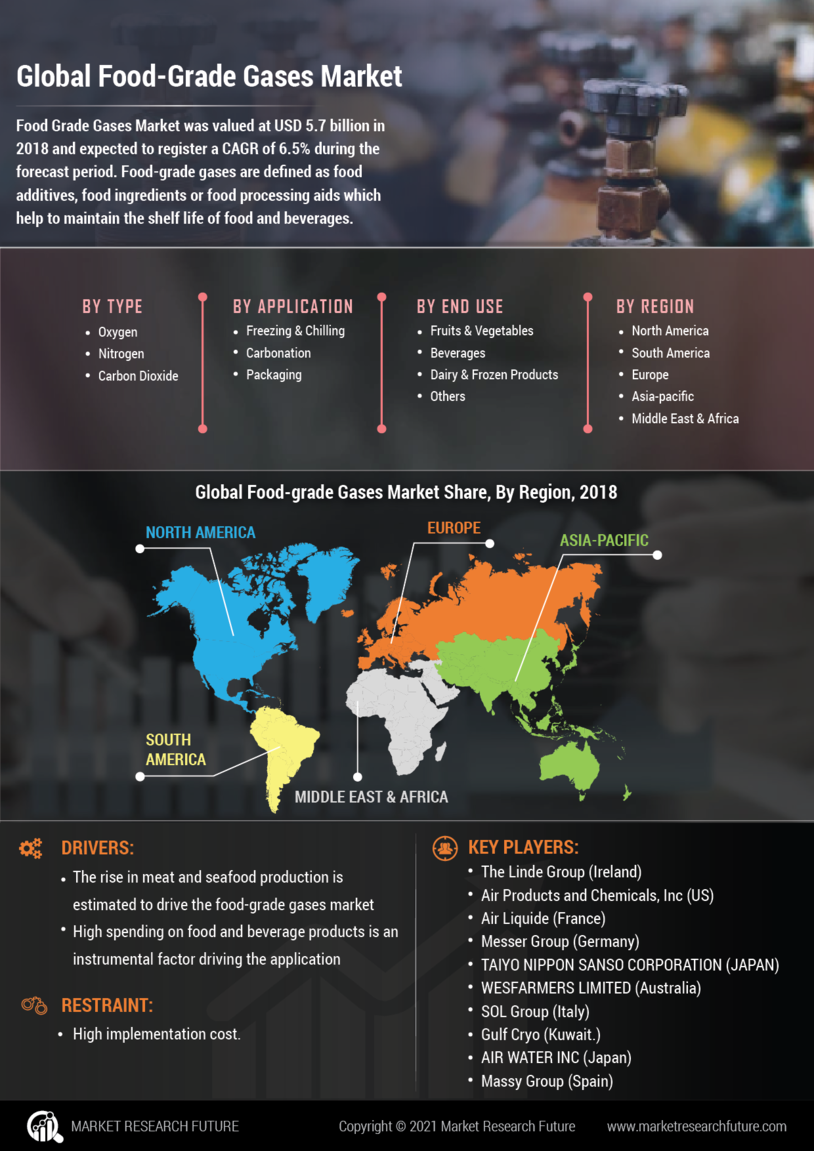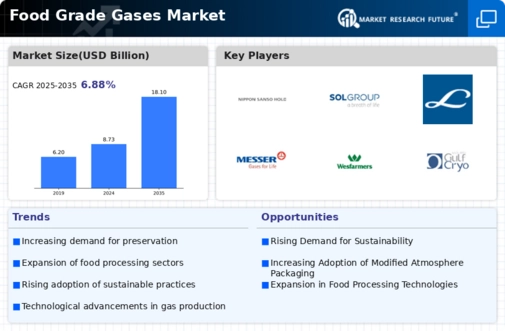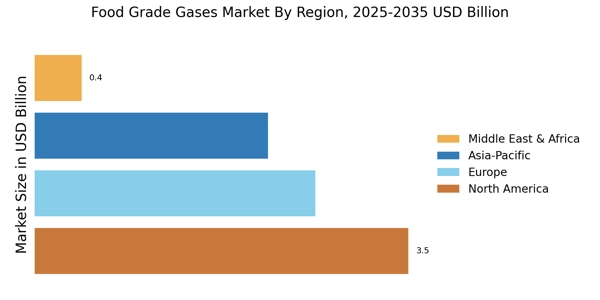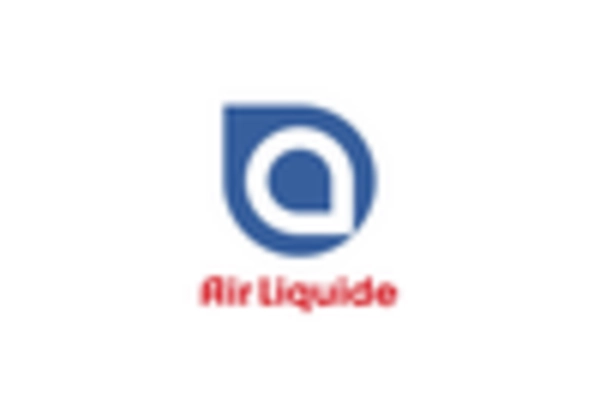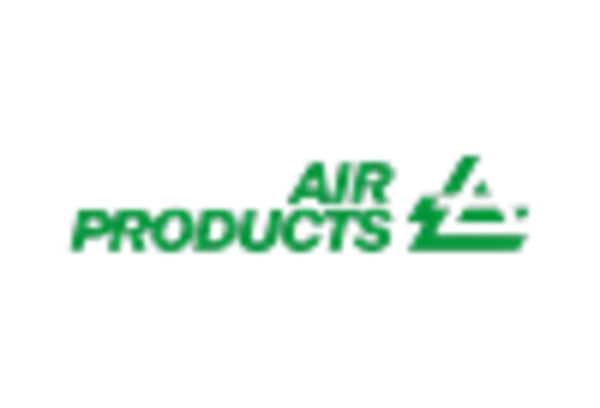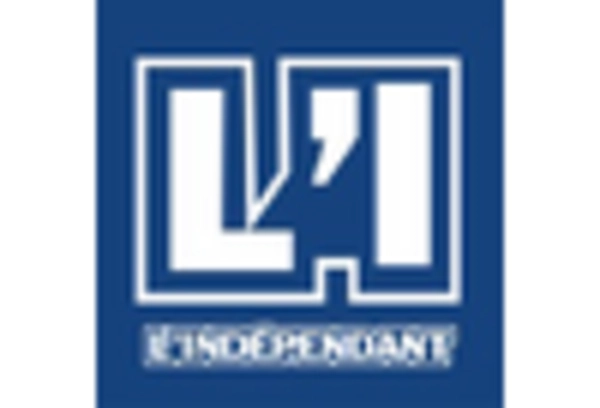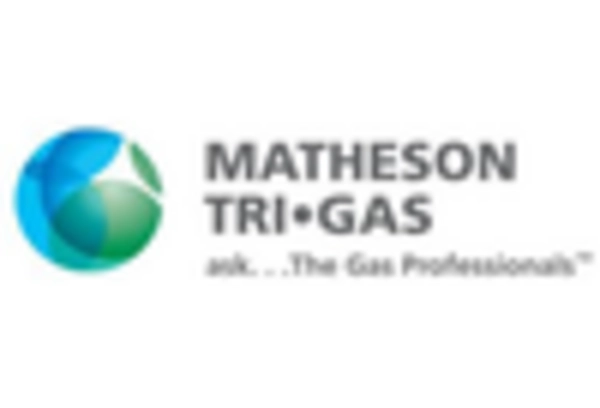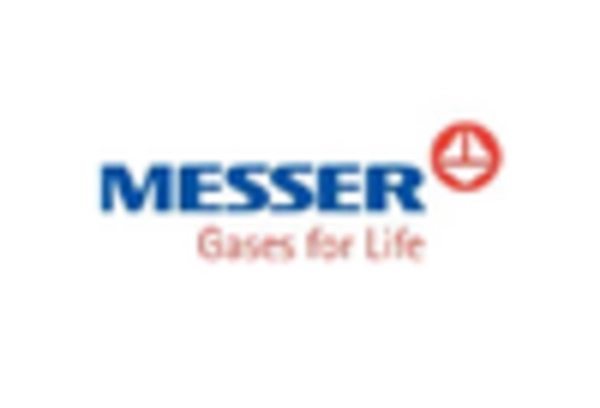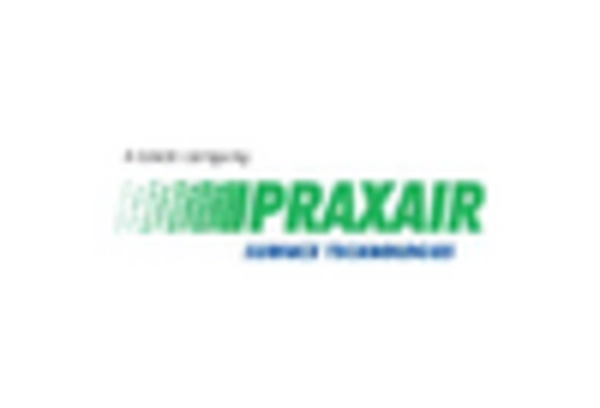Leading market players are investing heavily in research and development in order to expand their product lines, which will help the Food Grade Gases Market, grow even more. Market participants are also undertaking a variety of strategic activities to expand their footprint, with important market developments including new product launches, contractual agreements, mergers and acquisitions, higher investments, and collaboration with other organizations. To expand and survive in a more competitive and rising market climate, Food Grade Gases industry must offer cost-effective items.
Manufacturing locally to minimize operational costs is one of the key business tactics used by manufacturers in the Food Grade Gases industry to benefit clients and increase the market sector. In recent years, the Food Grade Gases industry has offered some of the most significant advantages to medicine.
Major players in the Food Grade Gases Market, including Air Products and Chemicals, Inc (US), TAIYO NIPPON SANSO CORPORATION (JAPAN), SOL Group (Italy), The Linde Group (Ireland), National Gases Ltd (Pakistan) and Praxair Technology, Air Liquide (France), Messer Group (Germany), WESFARMERS LIMITED (Australia), Gulf Cryo (Kuwait.), AIR WATER INC (Japan), PT Aneka Gas Industri (Indonesia), The Tyczka Group (Germany), Parker Hannifin Ltd (US), Inc (Kuwait), and others, are attempting to increase market demand by investing in research and development operations.
Air Products and Chemicals, Inc. founded in 1940, located in Allentown, Pennsylvania is an American multinational company whose business is to sell gases and chemicals for industrial uses. Air Products serves customers in technology, energy, healthcare, food and industrial markets worldwide with atmospheric industrial gases such as oxygen, nitrogen, argon and carbon dioxide and chemical intermediaries. In July 2020, Air Products announced that its new steam methane reformer (SMR) and cold box in Geismar, Louisiana, are now operational and supplying Huntsman's neighboring industrial operations.
Under the long-term agreement, Air Products developed, owns, and runs the facility, which supplies Huntsman with carbon monoxide, steam, and hydrogen. The Gulf Coast hydrogen pipeline and network system (GCP), the world's biggest hydrogen plant and pipeline network system, is linked to Air Products' SMR as well.
Messer Group GmbH founded in 1898, located in Bad Soden, Germany, is a supplier of industrial gases such as oxygen, nitrogen, argon, carbon dioxide, hydrogen, helium and gases for medical use. In May 2020, Messer, the world's biggest privately held industrial-gases company, announced that its new carbon dioxide plant in Keyes, California, has started operations, allowing it to serve new and existing customers in northern California and nearby areas through rail network.
The new factory has the capacity to produce up to 450 tonnes of CO2 per day, which is critical for the area's food freezing and chilling, carbonated beverages production.
According to Bernd Eulitz, CEO of Messer, "we are in the process of changing the way companies across all industries reduce their carbon footprint, aligning with global sustainability goals while tapping into new growth opportunities."
The International Energy Agency (IEA) estimates that in order to reach the Net Zero by 2050 scenario, 1.2 gigatonnes of CO2 emissions must be avoided annually by CCUS.
"With our 'Carbon Capture as a Service' offering, marketed as 'ZeCarb,' we offer businesses and municipalities an economical way to meet their carbon emission targets while also upholding their environmental obligations."
In order to launch a CO2 recovery facility in Austria that is scheduled to start operations this year, Messer teamed up with the massive chemical company BASF last year.
Using BASF's OASE blue technology, the CO2 will be extracted from an industrial company's flue gas. Messer will then purify the recovered CO2 to food-grade purity and use it to improve the dependability of supply in Bavaria, Eastern Switzerland, South Tyrol, and Western Australia.
